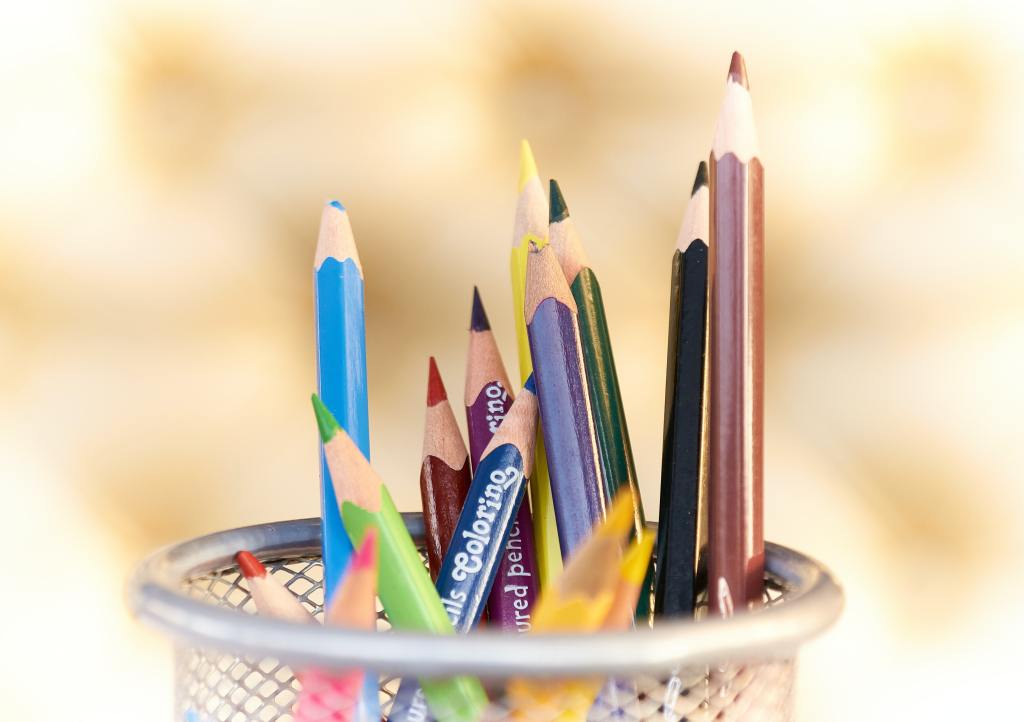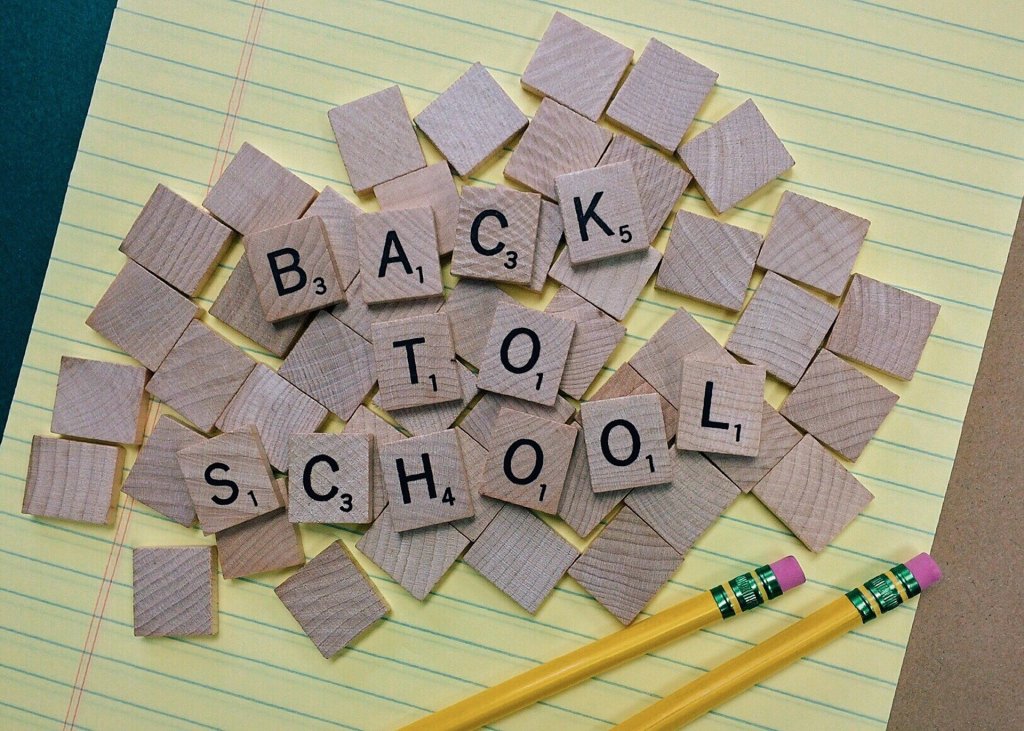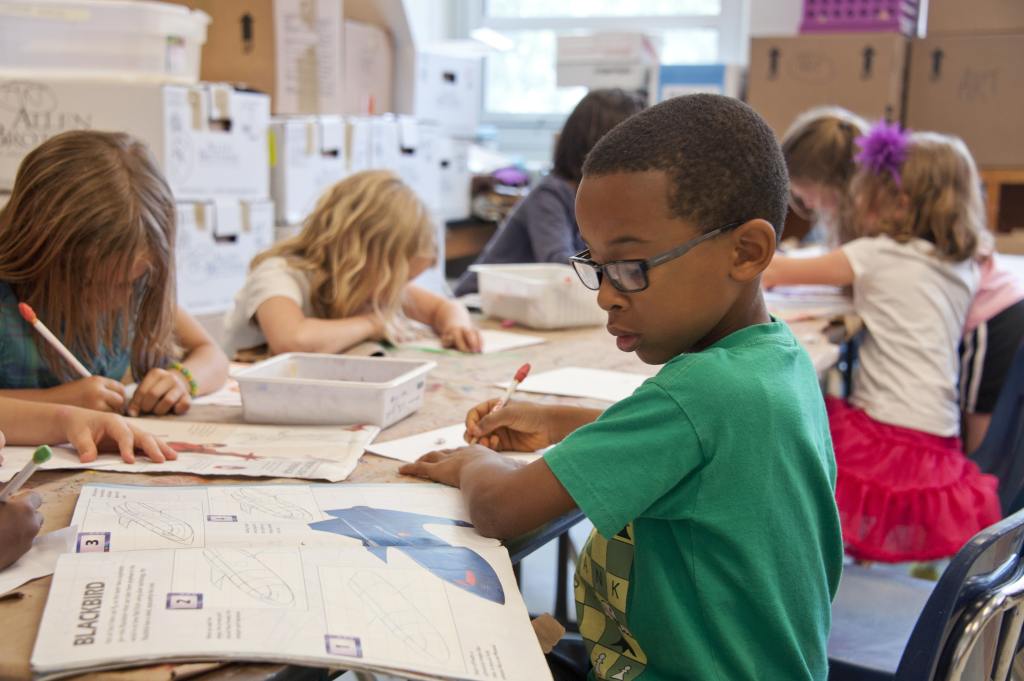
I always knew that I wanted to work in education, specifically Deaf Education. My grandad attempted to teach me the manual alphabet when I was around five years old. He had taught himself how to fingerspell so that he could communicate with a deaf man he worked alongside in a factory – a story that I still find inspiring decades later. I credit this as the root of my interest in deafness and idea of becoming a Teacher of the Deaf (or ‘ToD’). The notion always popped into my mind whenever I considered the career path I wanted to take.
During my probation year and time as a mainstream primary teacher, I attended an evening college class for Level 1 British Sign Language. By the time I achieved my NVQ Level 3 in BSL, I felt ready to begin seeking a role in Deaf Education. I secured a job as a Teacher of the Deaf in 2010 and have been working in Deaf Education ever since.
What Do Teachers of the Deaf Do?
Being a Teacher of the Deaf is a challenging, exciting and ever-changing career choice which involves a spectrum of activities and responsibilities. As with any teaching role, providing learners with high quality teaching and learning experiences is at the heart of it.
Maintaining learners’ audiology equipment is part of the role and ToDs can often be found trying to figure out what is wrong with a hearing aid or troubleshooting why a receiver isn’t connecting to a transmitter. ToDs use special earphones to ‘listen in’ to hearing aids and processors to make sure they are working correctly and record any issues in forms like these: Hearing Aid, Bilateral Cochlear Implant and Unilateral Cochlear Implant Maintenance Records.
Teachers of the Deaf assess the demands of texts and adapt existing resources to make sure they are suitable for learners. They deliver Deaf Awareness Staff Training to staff and run lunchtime signing clubs for hearing pupils who want to communicate with their deaf peers. ToDs attend extra-curricular activities to sign for and support pupils who wish to be involved. Undoubtedly, every ToD has, at some point in their career, organised a playground search party to try and locate a speech processor or hearing aid that has flown off at high speed during a particularly enthusiastic football tackle.
Where Do Teachers of the Deaf Work?
Some ToDs work in specialist schools for deaf learners. This setup, where children are educated in a provision not linked to a mainstream school, has become less common over time with the closure of many of these establishments.
Sometimes, deaf learners attend their local mainstream school. Peripatetic Teachers of the Deaf travel to support learners who attend schools where there is no specialist provision for deaf pupils. Pupils may get input from the peripatetic ToD weekly, monthly, termly or anything up to yearly. In addition to school visits, peripatetic ToDs often make home and audiology clinic visits, working with families of newborns recently identified as having a hearing loss.
Some Teachers of the Deaf work in mainstream schools that have a provision for deaf learners within the same building. Sometimes, this base can be a separate part of the school. Other times, ‘base’ classrooms share a corridor with mainstream classes. In this type of setting, pupils will have a personalised timetable, tailored to them and their needs. Some pupils may attend all of their classes in mainstream where they are supported by a member of the Deaf Education team and others will attend lessons in a ‘base’ classroom where they are taught by specialist staff.
How are Teachers of the Deaf Trained?
After completing the initial teacher training programme and probation year, Teachers of the Deaf have to complete a Postgraduate Diploma in Deaf Education or Postgraduate Diploma in Inclusive Education for Deaf Learners (information about this can be found here) to become a Qualified Teacher of the Deaf, or QToD. These courses allow ToDs to learn and develop their skills and put them directly into practice in the classroom.
During my time studying to become a qualified Teacher of the Deaf, I wrote essays on sound levels in mainstream schools, conducted a mini-research study into informed choice and evaluated inclusive practice within my own establishment. I came to understand the crucial need for those who work with Deaf learners to possess a high level of BSL. I learned the value of teaching children about Deaf history and culture. I also realised the importance of the Deaf community and positive Deaf role models.
Do All Teachers of the Deaf Use Sign Language?
The short answer is no, not all Teachers of the Deaf use sign language as not all deaf learners sign. Some ToDs work with pupils who use sign language to access the curriculum and some work with pupils who use spoken language.
For ToDs who do work with pupils who are BSL users, it is crucial that they constantly work to develop their own sign language skills and keep up to date with the research and development of subject specific signed language.
Over the past few years, a group of Deaf scientists, sign linguists and educators have worked to develop the Scottish Sensory Centre’s British Sign Language Glossary. The glossary consists of signed vocabulary for Geography, Astronomy, Biology, Chemistry, Physics and Maths. The website version can be found here: SSC BSL Glossary. Even handier is the app version of the site, which can be found by searching for ‘BSL Education’ in the app store.
Are There Educational Resources for Deaf Education?
Yes! It is really exciting to see the range of resources that Twinkl has produced for Deaf Education. From resources for children like the BSL Classroom Signs and Labels and Animal Word Cards to support resources like the Deaf Education Glossary of Terms and Degree of Hearing Loss Information Sheet. There really is something for everyone.
My most used classroom resources are probably Twinkl’s Blether Stations resources about Deaf Role Models and Deaf Awareness. They are perfect for getting everyone talking and involved in the conversation.
Working in Deaf Education is a wonderful career choice. There is nothing more rewarding than seeing pupils progress, from watching a primary 1 pupil fingerspell their name for the first time, to finding out that senior pupils have passed their exams. I would recommend it to anyone who has an interest in Deaf culture and history, BSL and how best to support deaf learners through their education journey.





















